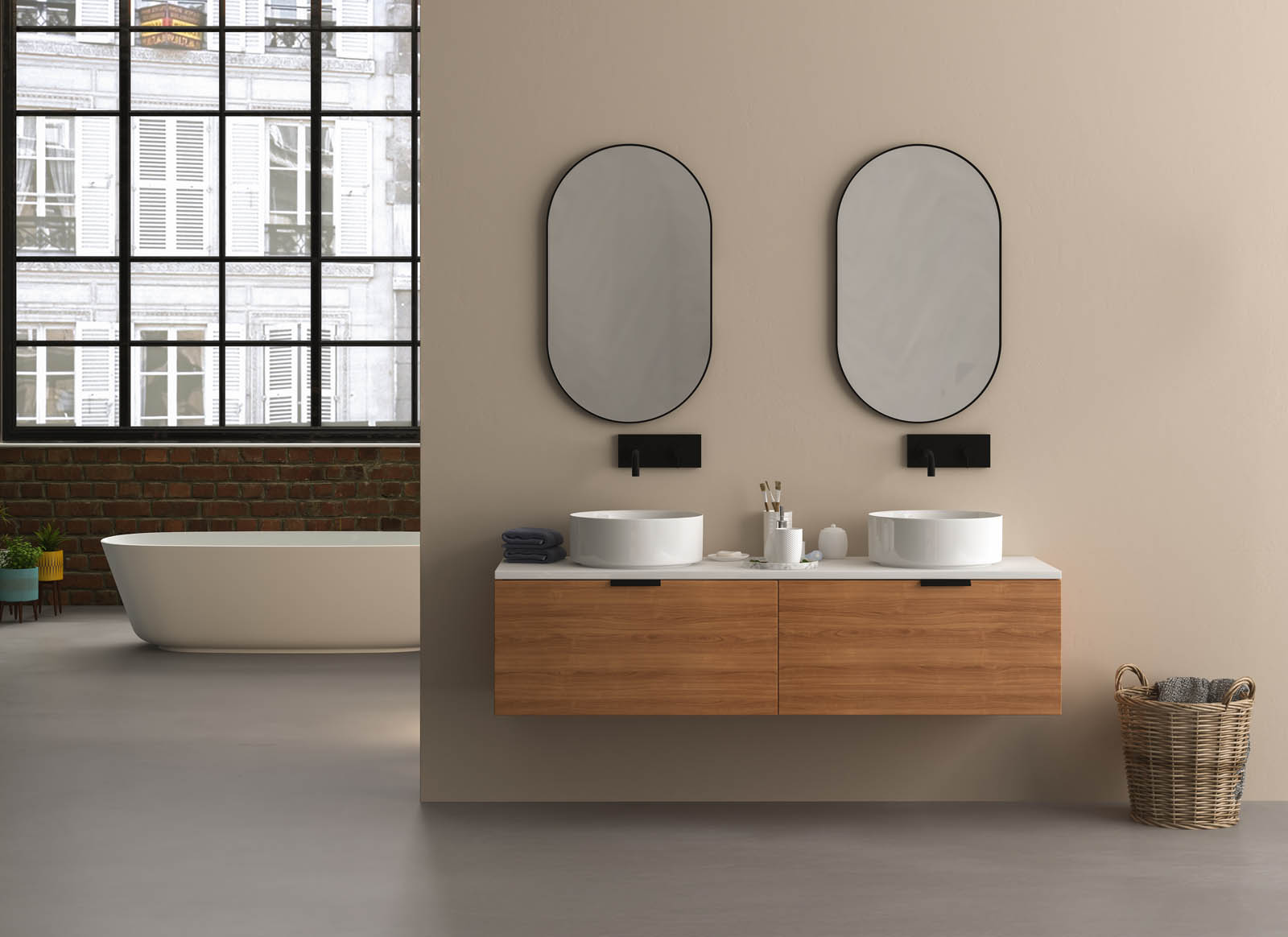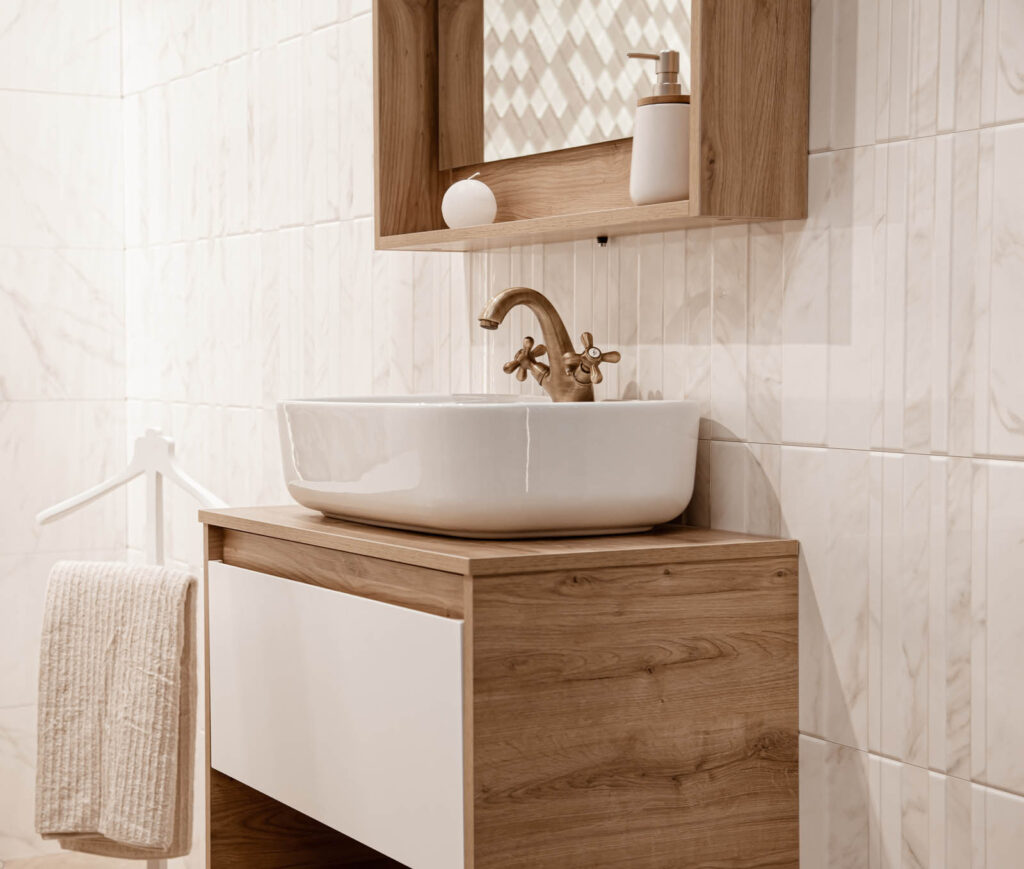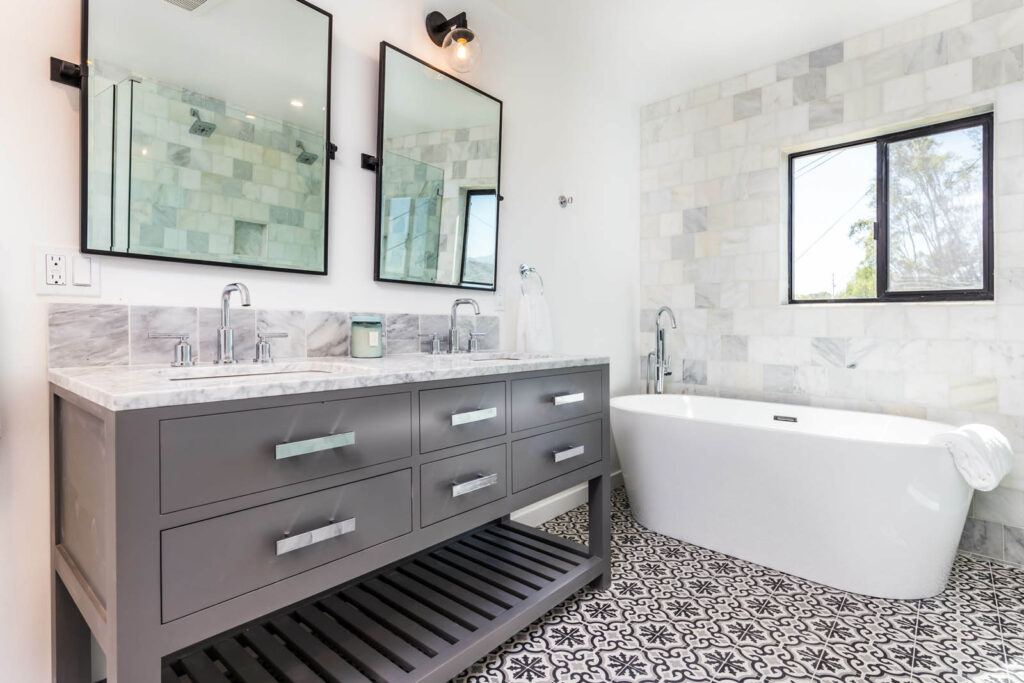
Case Study
IDENTIFYING ECOMMERCE OPPORTUNITIES FOR A HOME IMPROVEMENT MANUFACTURER
overview
Considering the growth of online shopping during the Coronavirus pandemic, a durable home products manufacturer wanted to better understand how consumers and professionals (pros) are using eCommerce in their purchase journey for bath and cabinet hardware. The manufacturer’s goal was to fully engage with shoppers along every stage of their purchase journey, from the way they get to their desired website to how they filter and search once there, as well as what information the shopper is looking for to make a purchase decision. In mapping the consumer journey, the manufacturer hoped to uncover ways to optimize the online shopping experience for potential purchasers.
A key challenge this manufacturer faced in an online environment is that for many people, this category requires the ability to touch and feel the product. Our client sought to uncover the size of that barrier and in what ways, if any, they could overcome it.
In order to optimize the eCommerce experience, our client turned to C+R to conduct in-depth research with consumers and pros to understand how they’re shopping this category. As part of the research, we first needed to validate the ways in which we saw shoppers potentially struggle and thrive in the experience, specifically by watching how they navigate the website and probing them along the way. The research team then developed a robust quantitative survey built upon these initial findings to dig further into the shopping experience.
THE PROBLEM
When people shop for bath and cabinet hardware, they typically use the internet to research what they want, but when it comes to making the purchase, they are then hesitant to buy online. Shoppers want to see, touch, and feel the product which isn’t possible online and makes it difficult for them to ascertain the actual quality of each piece.
While initially, the desire for shoppers to see, touch and feel products online seemed like an insurmountable problem, shoe and clothing manufacturers overcame it. And, shoe companies like Zappos are thriving while clothes are now the number one category purchased online. Additionally, the COVID-19 pandemic eased many consumers’ hesitancy toward buying products online – giving our client hope that this challenge could be met and resolved for their category.

OUR APPROACH
The multi-phase research program began with one-on-one interviews with consumers and pros. We discussed their shopping processes and then asked them to shop online for the category so we could observe their navigation process and discuss it in real time. This methodology allowed us to uncover issues they could articulate as well as issues we identified that were not remembered from their original website visit experiences.
This initial qualitative phase led us to many hypotheses and ideas around pain points, potential solutions, and how consumers and pros may differ in their shopping approaches. We followed this phase with a quantitative survey to validate the hypotheses and size of the issues and potential solutions.
Data were analyzed by audience, and within each, we also looked at how shopping differed on various eCommerce sites of interest to the client. This allowed the client to take important findings directly to the retailer to optimize the experience specific to their site.

The result
The research confirmed the importance of quality in the bath and cabinet hardware category and what consumers needed to see online to feel confident that a product was quality. We learned the critical role that reviews, images, and descriptions play and which pieces of those drive perceptions of quality, thus helping shoppers overcome barriers to buying online.
Moreover, we learned how people navigate to these products, and we were able to identify hang ups they may have in that process to optimize the eCommerce shopping experience, both within this category and on specific websites. These findings enabled us to provide our client with suggestions to optimize the online shopping experience for the category, including how they can offer a best-in-class experience while minimizing barriers to clicking “buy”. For example, the client can lower the barriers to buying online by offering free shipping, delivery windows, and sampling.


proven experience
related case studies
